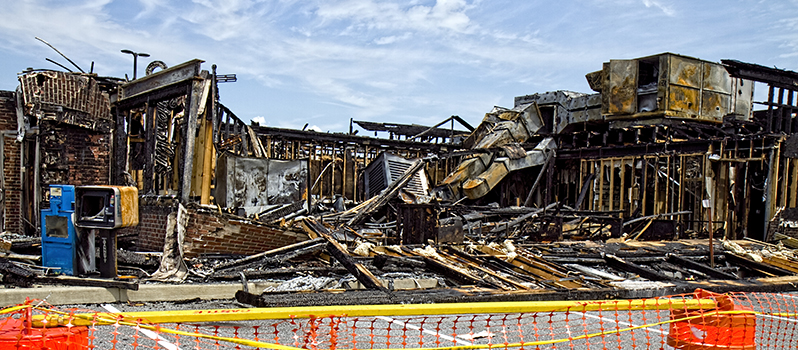
What You Need to Know About Commercial Coinsurance
By Linda Ziegler, Commercial Underwriting Consultant
You probably have had experience with some form of coinsurance, which is a percentage of the bill that you’re responsible for after the deductible is paid. For example, when you go to the doctor you have to satisfy your deductible but may also have to share the cost of services through coinsurance.
Commercial Property coinsurance is a bit different but equally important to understand if you are an insured. Under the Commercial Properties coverage, coinsurance is outlined under the Building and Personal Property Coverage Part-Form CP12, which can be found on the AAIS Direct website. There you’ll see, under the “How Much We Pay” section, the explanation regarding coinsurance. It states that the insurer only pays the lesser of:
- No more than the insured’s insurable interest in any property
- The part of the loss over the deductible amount
- The amount determined under “Valuation,” the cost to repair, replace or rebuild with like kind and quality; or the limit that applies.
The form then goes on to explain how the coinsurance is applied on Page 7. It states that the insurer only pays a part of the loss if the limit shown on the declarations for covered property is less than the value of the covered property at the time of loss, multiplied by the coinsurance percentage shown.
For example, if you have a building that would cost $100,000 to rebuild, it should be insured for at least $80,000 if the coinsurance is 80% ($100,000 x 0.80 = $80,000). If there is a covered property loss and the building is insured at $80,000 or more, there is no coinsurance penalty. The full amount of loss, up to the limit shown and minus the deductible, would be paid.
A coinsurance penalty can be described as a sharing of the loss with the insured for not carrying adequate limits of coverage. If you insured the building for less than $80,000, there will be a coinsurance penalty applied reducing the loss payout. The insured needs to share the loss as a penalty for not insuring the property to adequate value. Examples are shown on Page 7 of the CP12 of underinsured and adequate insurance limits and how the coinsurance is factored in at the time of loss.
Coinsurance can be at 80%, 90% or 100% of the value of the property. Rule 4 in the Commercial Properties manual explains the rating difference for each coinsurance percentage. The higher the coinsurance percentage, the lower the premium since there are credit factors applied when rating the 90% or 100% coinsurance options. Coinsurance can also be set at less than 80% but the rating will reflect a 1.50 debit factor, thereby increasing the premium substantially. A coinsurance rate of 80% is the industry standard for commercial property coverage. The AAIS Direct website provides sample declarations for commercial property coverage. It indicates that the coinsurance percentage should be displayed on the dec for each covered property item.
Coinsurance also applies to Businessowners property coverage. The coinsurance under the BOP forms is set at 80% before a coinsurance penalty is applied. There are no other options. This is explained under the “Valuation of Property Losses” section of each of the Businessowners coverage forms (BP100 and BP200).
Coinsurance is a way to share the loss if the insured chooses to insure property for less than its estimated value. The insurer is entitled to pay less than the full value of loss if they haven’t collected premium dollars for the full value of the insured property. It is important to calculate an estimated insurance to value on covered buildings by the use of e2Value or another method when first underwriting a risk. It also will be important to revalue the property periodically as costs to rebuild will fluctuate. Educating the insured on the importance of insuring to value can help avoid misunderstandings at the time of loss when a coinsurance penalty may be applied.
